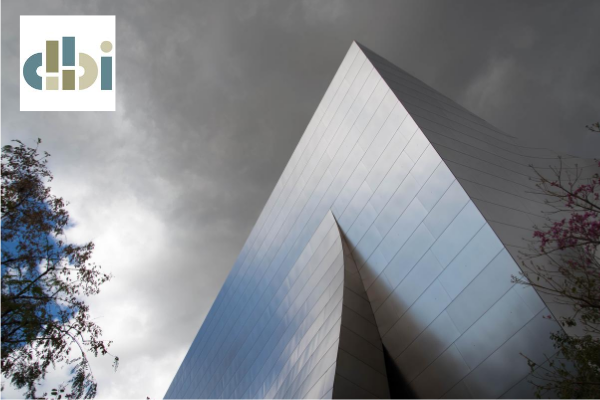
The global pandemic hit the architecture industry hard. In the second quarter of 2020, almost three-fourths of design firms saw a decrease in their billings. When something unexpected happens to the economy, companies tend to put major development projects on hold. Fortunately, it isn’t all bad news. Some sectors of the industry are actually in higher demand than they were before the pandemic struck. Below are some areas of architecture that are in demand and others that are in decline.
Areas of Architecture in Demand
One area that is still doing well despite the pandemic is affordable housing. The economic turmoil has affected low-income families substantially. Other housing developments that offer a mix of rentals that are market-rate and affordable are on the rise. Most of the housing projects that started pre-COVID 19 have remained in progress because affordable housing is considered a necessity, and many were already funded before the pandemic. Governments across the country are likely to approve additional housing projects in the coming months. Suburban housing has also increased as some families have migrated from crowded cities to suburbs in the wake of the pandemic.
Retrofitting Existing Buildings
While there aren’t a huge number of companies launching new construction projects, there are opportunities to retrofit existing buildings. In the past, building were not designed to accommodate the health and safety concerns associated with respiratory viruses like COVID-19. Schools, office spaces, restaurants, retail shops, and other buildings where large numbers of people gather need to be renovated to keep employees, customers, patrons, students, etc. safe, so this area is in higher demand right now.
Areas of Architecture in Decline
Non-residential construction is the main area that is struggling at the moment. Which is a lot of the industry. Companies are reluctant to start construction projects during an economic downturn because the demand for their products is uncertain and they don’t want to take unnecessary risks. Within non-residential construction, office spaces and hotels have experienced some of the sharpest drops in demand. The good news is that even though there is slowing, we are seeing project continue and many firms are working through large backlogs of projects.
Gray Areas
One gray area right now is higher education. Half of firms have seen the demand for higher education projects decrease while many other firms have seen spending on higher education increase. Universities are spending more on science and tech-related programs that require more resources and infrastructure, but spending less on other aspects of university life, such as humanities programs and dormitories.
While the economic downturn has disproportionally affected the architecture and design industries, there are still many opportunities within the field. Organizations have the incentive to improve the design of the buildings they have because they want employees, customers, guests, students, etc. to be healthy and safe.
Are you looking for top talent in architecture or interior design?
Contact us to discuss how we can bring top leadership talent to your firm. David Brown International is s a global leader in executive recruiting and placement of top tier talent in Architecture, Design, and Technology. Our mission is to create a lasting legacy of success, growth, and profitability for our clients, candidates, and employees.
Are you a professional looking for a new opportunity?
Contact us to discuss your career options or browse our open positions.